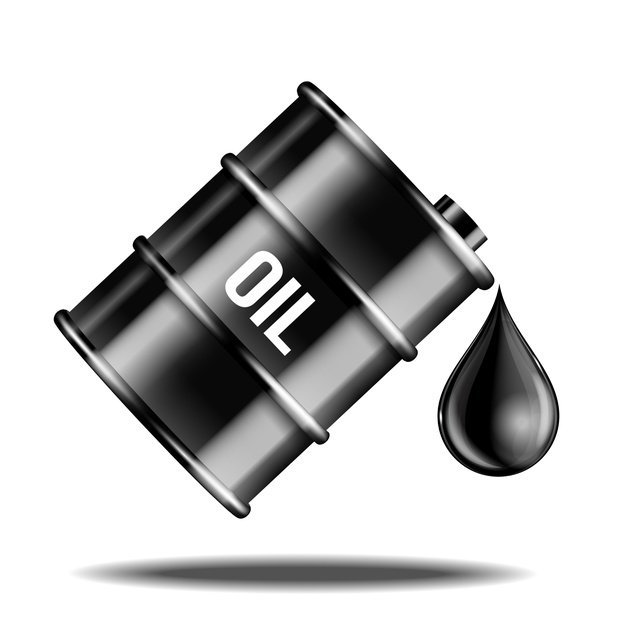Oil prices rose more than 3% in early Asian trade on Monday as OPEC+ considered cutting production by more than 1 million barrels per day in response to the biggest drop since the pandemic to support the market.
Brent crude futures rose $2.36, or 2.8%, to $87.50 a barrel as of 0622 GMT, after falling 0.6% on Friday. West Texas Intermediate (WTI) crude rose 2.9%, or $2.27, to $81.76 a barrel, after losing 2.1% in the previous session.
Oil prices have fallen for the fourth straight month since June as COVID-19 lockdowns in China, the biggest energy consumer, stifled demand, rising interest rates and a rising US dollar putting pressure on global financial markets.
To support prices, OPEC+ sources said the Organization of the Petroleum Exporting Countries and its allies are considering production cuts of more than 1 million barrels per day ahead of Wednesday’s meeting.
If the deal is reached, this will be the group’s second consecutive monthly cut after cutting production by 100,000 barrels a day last month.
However, analysts expect the hit from the outage to be significantly lower than announced, as many OPEC+ members are already producing far less than their quotas.
Since only a handful of manufacturers meet their production targets, it is likely that only them will cut production.
According to two sources from the producer group, it missed OPEC+’s production targets by around 3 million barrels per day in July, as sanctions imposed on some members and lack of investment in others hindered its ability to increase production.
As less than 500,000 barrels per day will be ignored by the market, there’s talk of a cut as big as 1 million barrels a day.
In this case, Brent prices may strengthen further in the short term, but concerns about a global recession will limit the upside.
“If OPEC+ does decide to cut output in the near term, the resultant increase in OPEC+ spare capacity will likely put more downward pressure on long-dated prices,” according to a Friday note.
On Friday, China published its largest petroleum products quota for petroleum products exports this year, completing crude import quotas for independent refineries.
State and private refineries can export up to 15 million tons of gasoline, diesel, jet fuel, and low-sulphur fuel oil, providing global markets with much-needed supplies to replace Russian exports, which the European Union embargoed in February.
But analysts and traders said some of China’s exports are likely to slide into early 2023 as refineries will need time to speed up.
Global gas markets will remain tight next year due to supply tightness. Saudi Arabia may raise official November crude oil prices for Asia.
The dollar index fell for the fourth consecutive day on Monday after hitting a two-year high. A cheaper dollar may increase the appetite of oil buyers who use other currencies and support oil prices.

